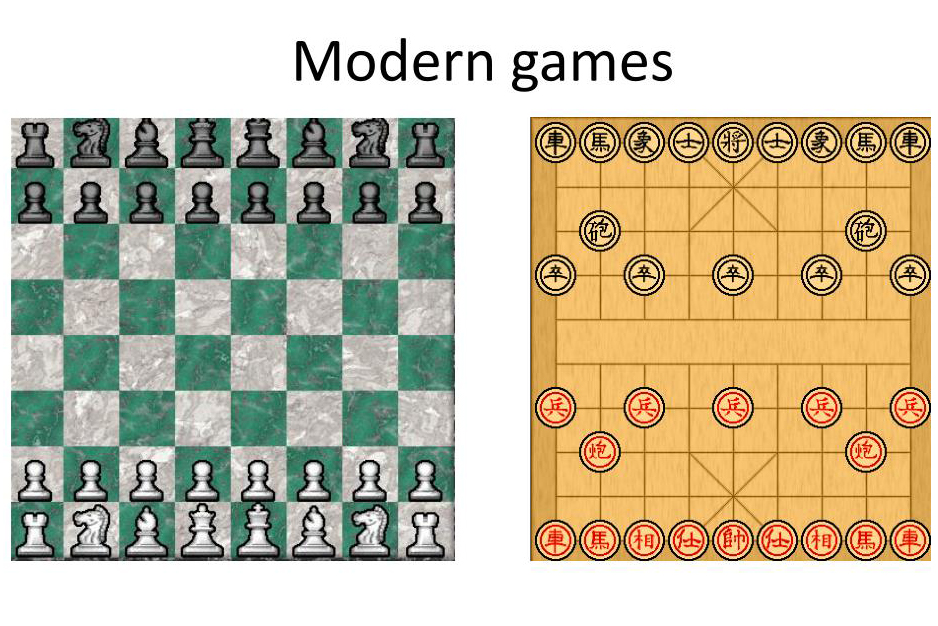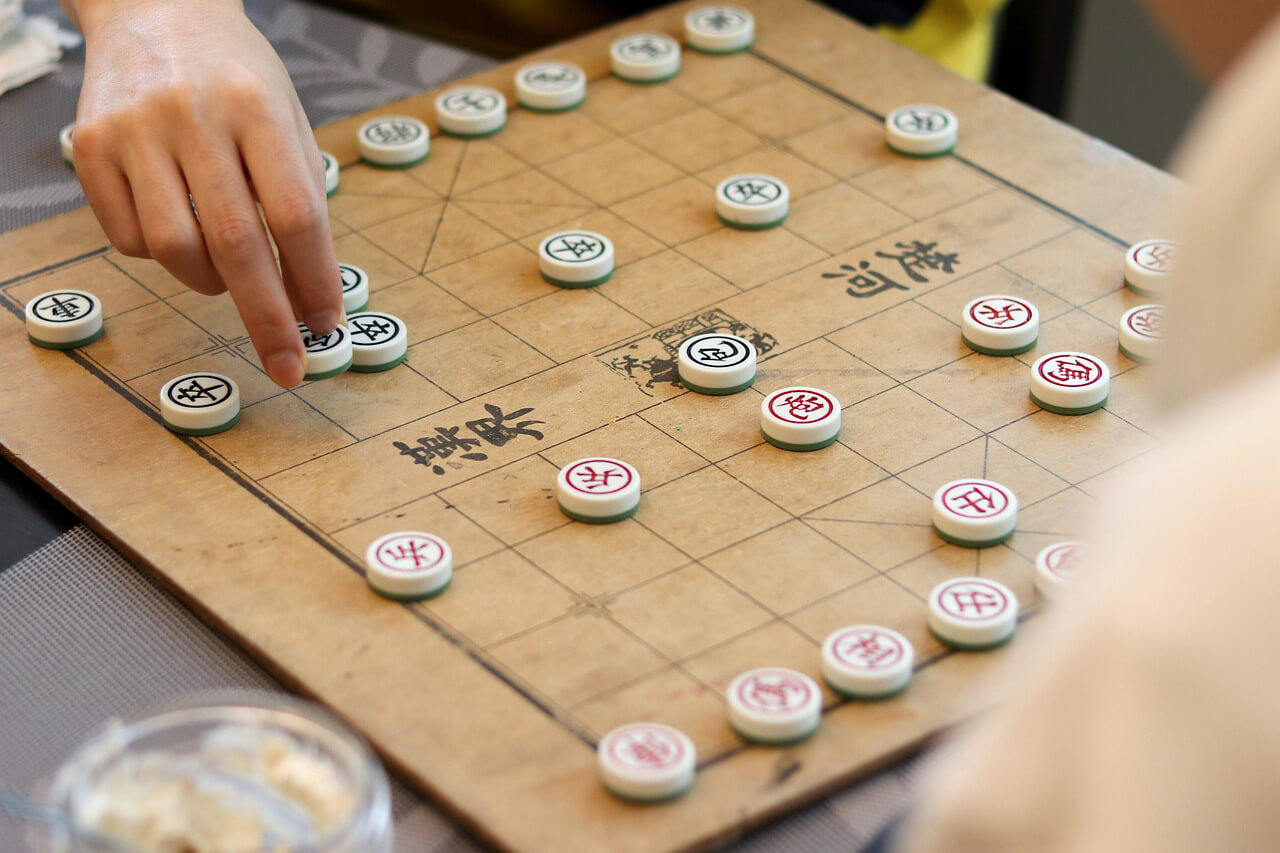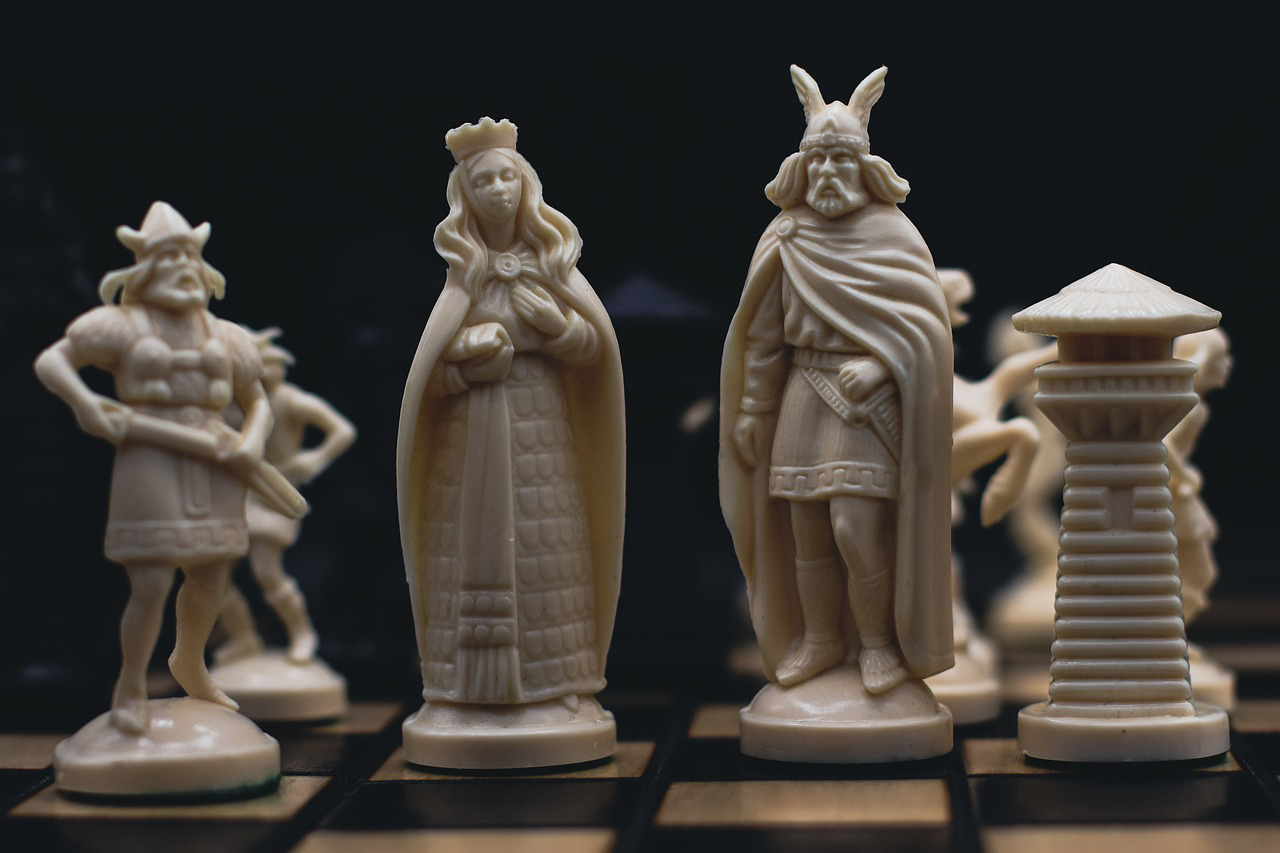No products in the cart.
Chess News, Events & Blogs
Chess and Chinese Chess: Differences in Western and Eastern mindset
Chess and Chinese Chess are two strategic board games that have been enjoyed for centuries in different parts of the world. While both games have a similar concept of moving pieces on a board, they differ in their gameplay, design, and overall approach to strategy. One of the most significant differences between the two games is the way they reflect Western and Eastern mindsets, respectively. In this article, we’ll explore the differences between Chess and Chinese Chess and how they reflect different cultural approaches to strategy.
Table of Contents
The Origins of Chess and Chinese Chess
Chess, the strategic board game that has captured the minds of players around the world for centuries, has a rich history that traces back to ancient India during the Gupta Empire in the 6th century AD. It is believed that the early form of chess, known as chaturanga, was played in India as a game of strategy and skill, involving different types of military units such as infantry, cavalry, elephants, and chariots. Chess made its way to Europe via the Islamic world, where it was introduced by the Moors in Spain. The game gained popularity in Europe during the Middle Ages and has since become a staple of Western culture. Over time, chaturanga evolved into a more recognizable form of chess with pieces representing the king, queen, bishops, knights, rooks, and pawns, as we know them today.
Chinese Chess, also known as Xiangqi, boasts a rich and ancient history that predates the origins of Chess for several centuries. Believed to have originated in China during the Han Dynasty, around the 2nd century BC, Chinese Chess is steeped in a rich cultural and military heritage. Legend has it that the game was created by Han Xin, a renowned military commander of the time, as a way to train his soldiers in strategic thinking and planning for battle. Chinese Chess has since evolved into a beloved and widely played game in China and other parts of Asia, with numerous regional variations and styles of play. It has become an integral part of Chinese culture, deeply rooted in the country’s history, literature, and arts. Chinese Chess is not only seen as a form of entertainment but also as a means of developing cognitive skills, fostering strategic thinking, and promoting cultural exchange.
Gameplay and design
One of the most significant differences between Chess and Chinese Chess is their gameplay and design. In Chess, the board is a square with 64 squares, and each player starts with 16 pieces, consisting of one king, one queen, two rooks, two knights, two bishops, and eight pawns. The goal of the game is to checkmate the opponent’s king, which means putting the king in a position where it is under attack and cannot escape capture.
In Chinese Chess, the board is a square with 90 points, and each player starts with 16 pieces, consisting of one general, two advisors, two elephants, two knights, two chariots, two cannons, and five pawns. The goal of the game is to checkmate the opponent’s general, which is the equivalent of the king in Chess. Unlike Chess, Chinese Chess has a river that divides the board into two halves, and some pieces are restricted to one side of the board.
Different mindsets across cultures
Leadership Mindset
In Chinese Chess, the king is limited to a confined space on the board and is flanked on either side by two advisors. This depiction reflects an image of the Eastern leader’s bureaucracy, constrained mobility, and reliance on protection. It conveys a sense of limited initiative and caution in the Eastern leader’s approach to decision-making, with the need for constant safeguarding.
In contrast, in Chess, the king has greater freedom to move across the entire chessboard without the need for accompanying bodyguards. This representation symbolizes the Western leader who is proactive, independent, and willing to actively engage in various aspects, including battles or conflicts. It conveys a sense of autonomy, versatility, and readiness to take risks in the Western leader’s approach to leadership and decision-making.
Resource Mindset
The pawns in both Chinese Chess and Chess are chess pieces representing the lowest position in society, going first to die first, serving as cannon fodder for the leaders behind. However, it still has a difference and clearly reflects the difference in the resource mindset of the East and the West.
In Chinese Chess, the pawns lose their effectiveness once they have crossed the river and reached the enemy’s territory. This reflects a mindset where subordinates are expected to sacrifice themselves in order to protect and further the ultimate goals of leadership. It conveys a notion that subordinates must be willing to make sacrifices for the greater good, even if it means losing their own usefulness or value in the end.
On the other hand, in Chess, when pawns reach the opposite end of the board, they have the opportunity to transform into any other piece of higher strength, except for the king. This represents a sense of honor and recognition for the hard work and dedication of the pawns, much like the recognition that subordinates may receive in reality for their diligent efforts in support of their leader. It symbolizes a well-deserved reward and treatment for the contributions made by subordinates in achieving the overall objectives of the leadership.
Active Mindset
In Chinese Chess, the movement of the pieces is characterized by certain limitations. For instance, elephants are unable to cross rivers, cannons require a “nib” or another piece to jump over, and knights (horses) can be blocked in certain situations. These restrictions on piece movement in Chinese Chess can be seen as symbolic of the image of employees or subordinates in the East being constrained by barriers, regulations, and the narrow thinking of their leaders. It may reflect a mindset where individuals are not granted the freedom to develop their own ideas or direction, and their movement or actions may be limited by strict rules and regulations.
In contrast, in Chess, the pieces have more freedom to move around the board, and their movements are not as constrained. This can be seen as reflecting a Western perspective that is more flexible, active, and less restricted in terms of thinking and decision-making. It may symbolize a mindset that encourages individual autonomy, initiative, and creativity, allowing for more dynamic and unrestricted movement.
Supportive Mindset
In Chinese Chess, only the two pawns in front of the chariot are initially protected by the leader, while the remaining pawns are often exposed to danger and not supported by the generals behind. This can be seen as reflecting a mindset where only a select few are protected or favored, while the rest may face difficulties or lack support. In contrast, in Chess, the pieces are interconnected and provide mutual support, symbolizing a fairer treatment and support system. This can be seen as a representation of a more inclusive and collaborative leadership style, where fairness, teamwork, and mutual support are emphasized.
Respecting Talented People’s Mindset
In Chinese Chess, the two advisors have limited mobility and are primarily tasked with following and protecting the general. This can be interpreted as a reflection of the historical image of eunuchs in the past, who were known for flattery and loyalty to the king without possessing notable abilities or knowledge. The proximity to the leader is based on loyalty and adherence, rather than solely on merit or ability.
On the other hand, in Chess, the queen is the most powerful piece on the board, capable of moving vertically, horizontally, and diagonally, and is often positioned near the king. This can be seen as a representation of the Western societal norm where individuals with high abilities are expected to be closer to the leader, based on their strengths and capabilities. It emphasizes more on recognizing and valuing the abilities and contributions of talented individuals.
Feminist Mindset
One of the unique distinctions between the two main types of chess, Chess and Chinese Chess, is the representation of a feminist mindset. In Western societies, the Queen piece in Chess can be seen as a symbolic representation of the recognition of women’s capabilities and their potential to hold influential and powerful roles in society. It reflects the progress made in Western cultures towards gender equality, where women have been able to rise to positions of prominence and contribute significantly to various fields, including politics, business, arts, and academia. The presence of the Queen piece in Chess serves as a representation of the acknowledgment of women’s abilities and talents, and a reflection of the evolving mindset towards gender equality in the West.
On the other hand, the absence of the Queen piece in Chinese Chess may reflect cultural and societal differences in the East, where traditional gender roles and expectations may be more deeply ingrained. It may suggest that the role of women is not as highly appreciated or recognized in Chinese culture as compared to the West. This cultural distinction may reflect the historical and social norms that have shaped gender roles and expectations in Chinese society, where women may have been traditionally assigned more traditional roles and limited opportunities for leadership or decision-making.
Chess and Chinese Chess are two strategic board games that reflect different cultural mindsets. While both games have a similar concept of moving pieces on a board, they also differ in their gameplay, design, and overall approach to strategy. Chess represents the Western mindset, with an emphasis on attacking and sacrificing pieces for strategic gain, while Chinese Chess represents the Eastern mindset, with an emphasis on defense and preservation.




